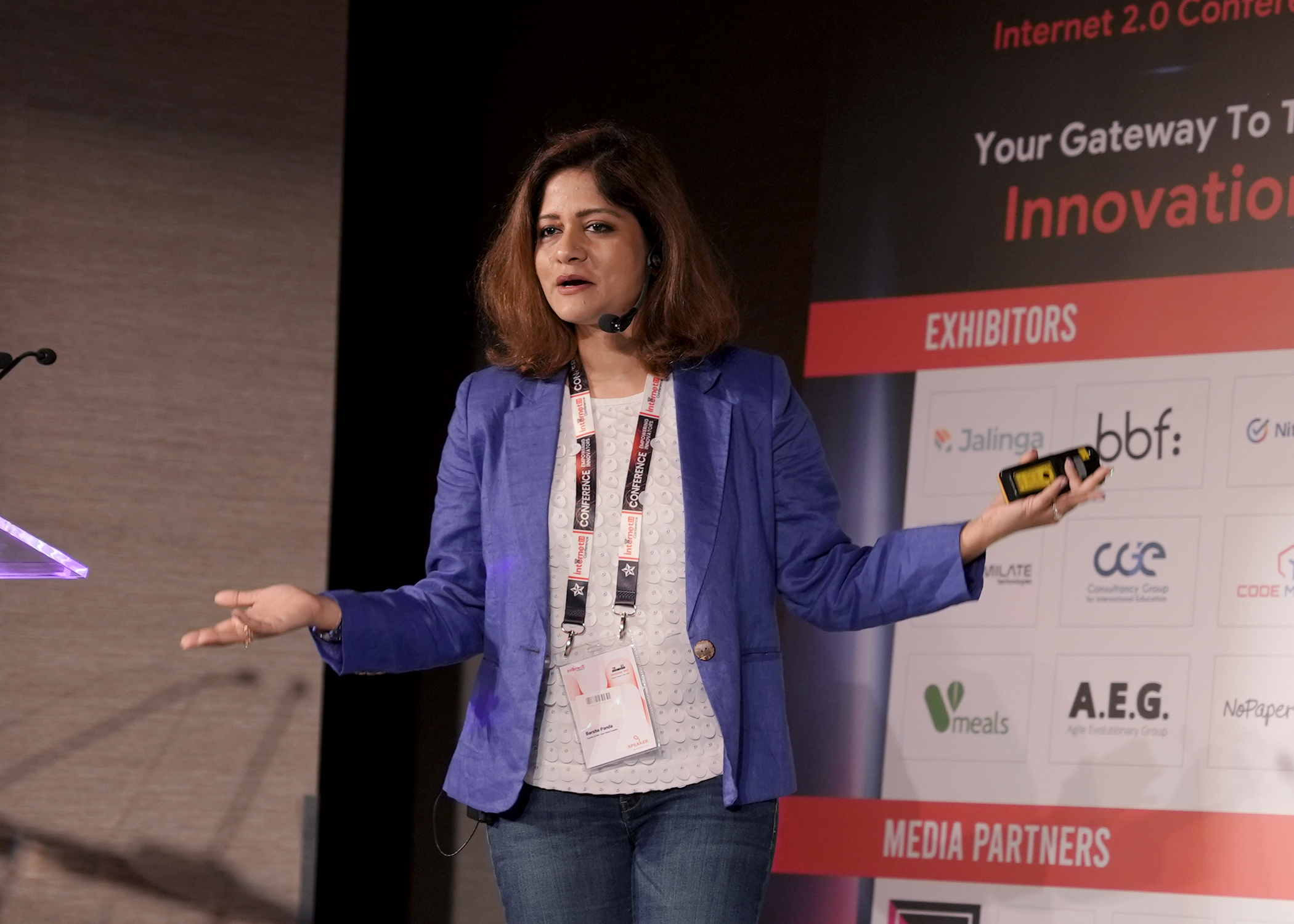
In today’s interconnected world, the Internet of Things (IoT) has transformed how we live, work, and interact with our surroundings. From smart thermostats to wearable fitness trackers, IoT devices have become an integral part of our daily lives, offering convenience and efficiency.
However, amidst this technological revolution, there lies a significant concern – the potential privacy pitfalls associated with data sharing. In this blog, we will delve into the risks of IoT data sharing and explore strategies shared by the experts of the upcoming technology events, notably the Internet 2.0 Conference, to prevent scams and protect our privacy.
Understanding The IoT Landscape
The IoT ecosystem consists of a vast network of the interconnected devices that collect and share data through the Internet. These devices are embedded with sensors, processors, and communication capabilities, allowing them to interact with each other and users. While this connectivity has brought numerous benefits, it also presents a series of privacy challenges that must be addressed.
The Data Sharing Dilemma
One of the fundamental aspects of IoT is data sharing. Devices gather a wealth of information about users’ behaviors, preferences, and habits. This data is often collected to improve device functionality, provide personalized experiences, and enhance overall convenience. However, sharing sensitive information raises concerns about how this data is handled and who has access to it.
Privacy Pitfalls: Risks Of Data Sharing
In the world of IoT, data sharing is a double-edged sword, offering convenience while exposing us to potential risks. According to the experts of the 2024 tech conferences, understanding these risks is essential to safeguard our privacy and security.
-
Unauthorized Access
IoT devices are susceptible to breaches by malicious actors seeking unauthorized access to sensitive data. Hackers can exploit vulnerabilities in device security, gaining entry to personal information such as location data, health metrics, and even audio or video recordings.
-
Data Monetization
Manufacturers and third-party companies might use the data generated by IoT devices for profit. This data can be sold to advertisers or other organizations, leading to targeted marketing campaigns or potential misuse of personal information.
-
Social Engineering
Criminals can use the data IoT devices collect to craft convincing social engineering attacks. By knowing intimate details about individuals, they can create messages or scenarios that appear legitimate, tricking users into revealing sensitive information or performing actions that compromise their security.
-
Identity Theft
Personal data shared through IoT devices can be pieced together to construct a comprehensive profile of an individual. This information can be exploited for identity theft, leading to financial loss and damage to one’s reputation.
In the face of these privacy pitfalls, it’s imperative to be cautious, demand transparency, and advocate for stringent security measures. According to the experts of the upcoming technology events, by doing so, we can embrace the benefits of IoT while minimizing its potential risks to our personal information and digital well-being.
Preventing Scams: Strategies For Enhanced Privacy
As we all understand, the importance of implementing effective strategies for enhanced privacy is essential to prevent scams and protect our personal information. Here are some actionable steps shared by the experts of the 2024’s tech conferences:
-
Strengthen Device Security
Manufacturers must prioritize robust security measures in their IoT devices. This includes regular security updates, strong encryption, and secure authentication methods to minimize vulnerabilities.
-
Transparent Data Policies
Companies should provide clear and concise data-sharing policies to users. Informing them about what data is collected, how it is used, and who has access to it empowers individuals to make informed decisions.
-
User Consent
Obtaining explicit user consent before collecting or sharing data is crucial. Users should be able to opt in or out of data-sharing practices, giving them control over their personal information.
-
Data Minimization
IoT devices should collect only the necessary data to fulfill their functions. Companies should avoid excessive data collection and retain data for the shortest duration possible.
-
Regular Audits
Regular security audits and vulnerability assessments help identify and address potential weaknesses in IoT devices and their data-handling processes.
-
Education And Awareness
Raising awareness among users about the risks and best practices for IoT device usage is essential. Educated users are more likely to take proactive steps to protect their privacy.
Conclusion
The convenience and efficiency offered by IoT devices come with the responsibility of safeguarding our privacy. As we continue integrating these technologies into our lives, addressing the privacy pitfalls associated with data sharing is crucial.
According to Internet 2.0 Conference experts, by implementing robust security measures, transparent policies, and empowering users with control over their data, we can confidently navigate the IoT landscape and protect ourselves from scams and privacy breaches. As individuals, manufacturers, and policymakers collaborate, we can create a safer and more secure IoT environment for everyone





